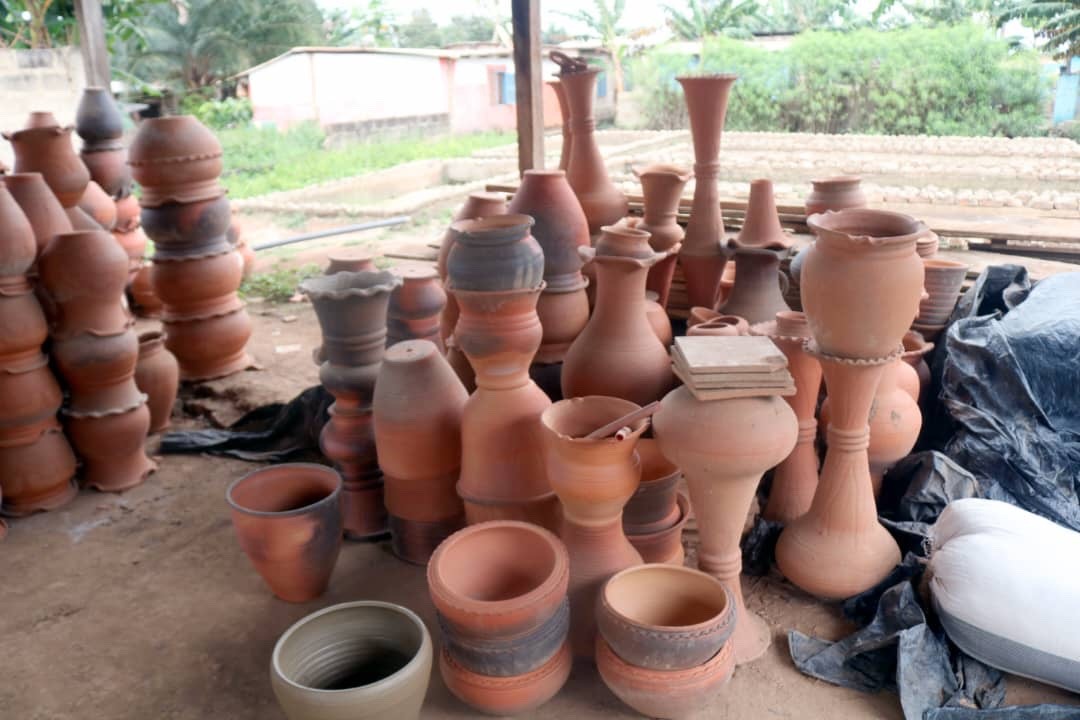Akatekyi Crocodile Pond: A Place...
September 29, 2025
The ancient art of pottery
Pottery is considered one of the oldest human technologies and art forms, dating back centuries. It continues to be a thriving industry globally. Chronologies based on pottery play a crucial role in dating non-literate cultures and historical civilizations. Pottery involves shaping ceramic materials, primarily clay, into various forms such as pots and wares. These items are then dried and fired to solidify their shape and achieve their final form. Stoneware, porcelain, and earthenware are among the major pottery wares.
A pottery haven
Pottery has been an integral part of Ghanaian culture for centuries. Pankrono has emerged as a prominent hub for pottery production within the country. This traditional craft not only holds cultural significance but also serves as a source of income for the local population. The distinctive pottery from Pankrono stands out due to its exceptional quality and unique production process, which does not rely on the use of the potter's wheel.

Pottery production process
The pottery-making process in Pankrono involves several steps. Coarse and wet clay, extracted from the earth's third layer, serves as the primary material for crafting pots. The clay is sieved to remove impurities and then soaked in water for a period of two to three weeks to achieve the desired consistency. After this period, the water is absorbed, leaving the moist clay ready for moulding. In Pankrono, artisans skillfully shape the clay by hand without using a potter's wheel, showcasing their exceptional craftsmanship. The moulded pots are then left to dry under the sun before being fired in ovens with minimal firewood to prevent cracking. Once completed, the finished pots are either sold for profit or displayed for tourists interested in witnessing the pottery-making process firsthand.

Cultural significance and economic impact
Pottery holds immense cultural value and serves various purposes within Ghanaian society. Pots from Pankrono are used for practical functions, such as storing water, medications, and royal jewellery. They also serve decorative purposes such as flower pots, fountains, and rainwater filters. Moreover, pottery-making in Pankrono attracts tourists who are eager to learn about traditional crafts and often purchase handmade pots as souvenirs.
Pankrono, situated in the Ashanti Region of Ghana, has established itself as a prominent centre for pottery production. The town's rich heritage and unique pottery-making techniques have contributed to its reputation. The intricate process, cultural significance, and economic impact of pottery in Pankrono highlight the deep-rooted traditions and artistic excellence of the Ghanaian people. As pottery continues to evolve as both an art form and an industry, Pankrono stands as a testament to the enduring legacy of this ancient craft.
September 29, 2025
September 29, 2025
September 26, 2025
September 18, 2025
September 18, 2025
September 4, 2025
September 3, 2025
August 28, 2025
August 19, 2025
August 8, 2025